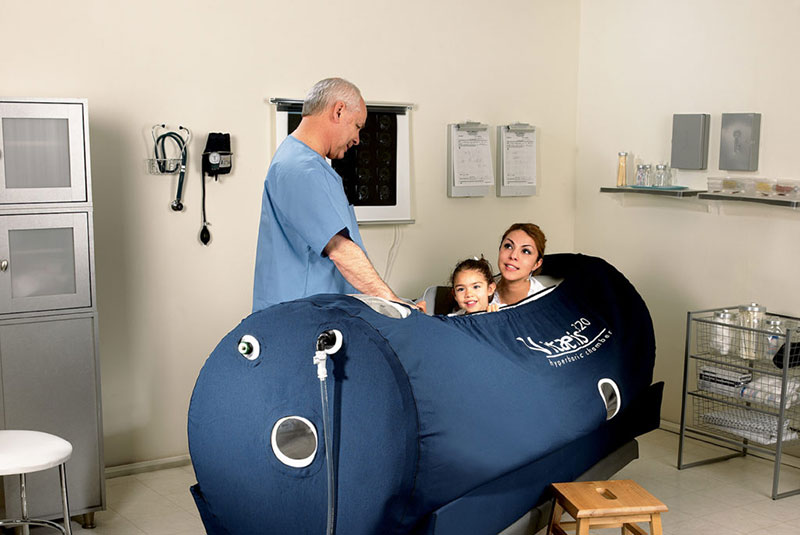Know some cellular level autism facts
We can define autism simply in few words: “Autism is a neurological disorder which slows the process of message in brain”.
But autism has a broad spectrum and that’s why it is called ASD (Autism Spectrum Disorders). This spectrum covers social skill impairment, lack of verbal communication and stereotyped behavior.
It is best to diagnose at very early stage that a patient is suffering from autistic disorders or from ASD because early diagnosis can improve the social skill impairment with early interventions.
Molecular Level Study:

Certain autism facts are not well understood. The study with 1.5 million children born in Denmark between 1980 and 2004 suggests that the children who have older siblings with autistic syndrome have 7 fold greater chance to be autistic. So the study clearly concludes that autism is strongly genetic.
25 genetic markers are also found which are responsible for autism in children. These biomarkers are identified to be responsible for disruption of neuron cells especially of the cortex region –the outer most part of the brain that is responsible for thinking, for doing social skills and also for cognitive abilities.
Cellular Level Study:

Image Courtesy: http://www.theblaze.com
When we go through cellular level, a current study with 75 patients withASD including both of children and adults at Columbia University Medical Center and New York State Psychiatric Institute found lactate doublet in 13% of ASD patient compared to control.
This study with finding of lactate doublet in ASD patients and another study with findings of
- Low pyruvate dehydrosinase (PDH) activity, and
- Low NADH oxidase activity
in 69 autistic children of 10 to 14 years old suggest that mitochondrial malfunction is present in cells of autistic children. Mitochondria is called the powerhouse of a cell and a cellular respiratory organ. Low PDH activity or overproduction of pyruvate results in metabolic disorder of TCA and other metabolic cycles. So, low PDH activity or overproduction of pyruvate may be a cause of mitochondrial dysfunction.

Image Courtesy: http://upload.wikimedia.org
There is another aspect to see in cellular level if we look through studies conducted on immune cells of autistic children. There are different immune cells and granulocytes which help in phagocytosis to engulf and digest foreign bacterial and viral proteins or so called pathogens. Oxidative burst is very important to phagocytose these foreign pathogens but is initiated by NADPH oxidase. The production of super oxides and free radicals by NADPH oxidase helps to break foreign bacterial and viral proteins or pathogens. So, different studies of autism facts with findings of low oxidative burst activity and low levels of NADPH oxidase in autistic children conclude that cellular malfunction based in both the cell organ and immune cells may be responsible for autism.



